What Is Query Fan-Out?
Query fan-out is an AI search system process that splits a user query into multiple sub-queries, collects information for each sub-query, then merges relevant information into a single response.
AI search systems (also known as LLMs) like Google AI Mode and ChatGPT use query fan-out to improve the quality of their responses.
Here’s an illustrative example of how query fan-out works:
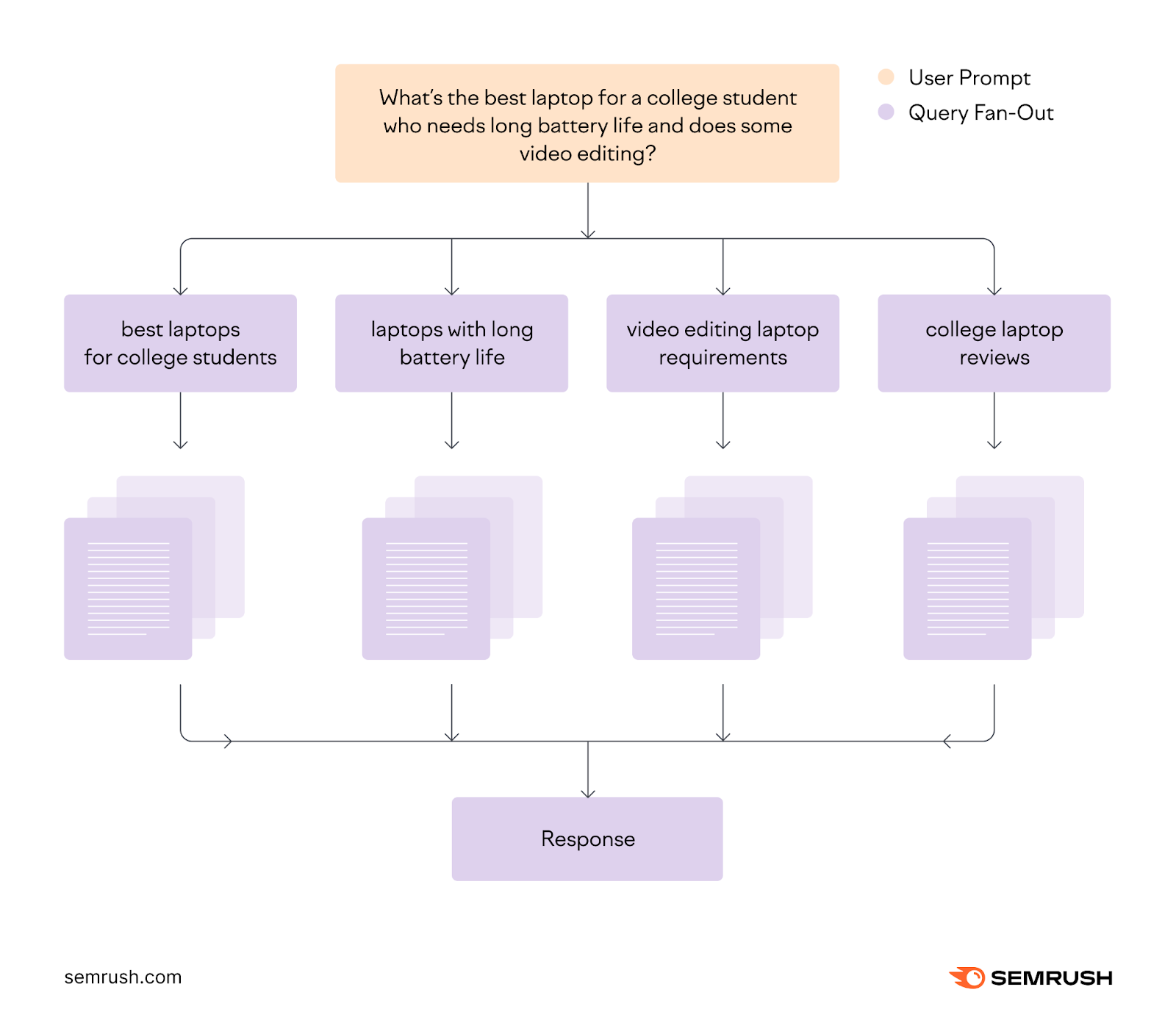
Query Fan-Out in Google AI Mode
Google popularized the term “query fan-out” when introducing Google AI Mode, a conversational AI interface available within Google Search.
In the Google I/O 2025 keynote speech, Head of Search Elizabeth Reid said: “AI Mode isn’t just giving you information—it’s bringing a whole new level of intelligence to search. What makes this possible is something we call our query fan-out technique.
“Now, under the hood, Search recognizes when a question needs advanced reasoning. It calls on our custom version of Gemini to break the question into different subtopics, and it issues a multitude of queries simultaneously on your behalf.”

When you search in Google AI Mode, you might see the model run multiple web searches as part of its reasoning process.
In this example, Google seems to split the user’s query into eight searches:

This query fan-out enables Google’s AI to provide a highly specific response:

In traditional search results, Google looks for the best direct match to the user’s query. But as this example shows, a satisfactory match doesn’t always exist.
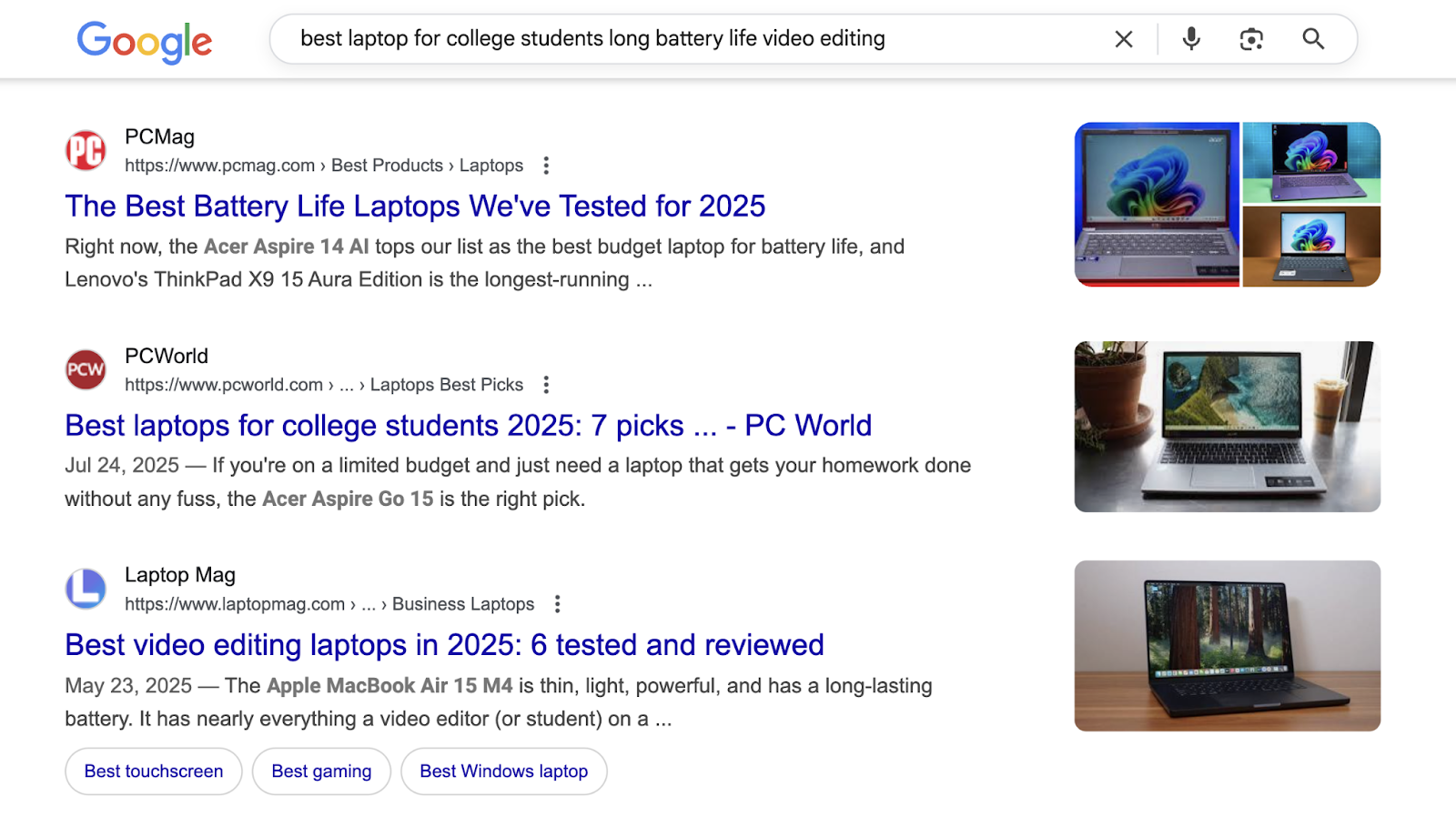
Why Do LLMs Use Query Fan-Out?
LLMs use query fan-out to better satisfy search intent (what the user wants). Considering different angles and interpretations of the user’s query allows the AI system to provide richer responses that cater to users’ explicit and implicit desires.
In the example below, ChatGPT addresses various types of intent to maximize the response’s helpfulness:
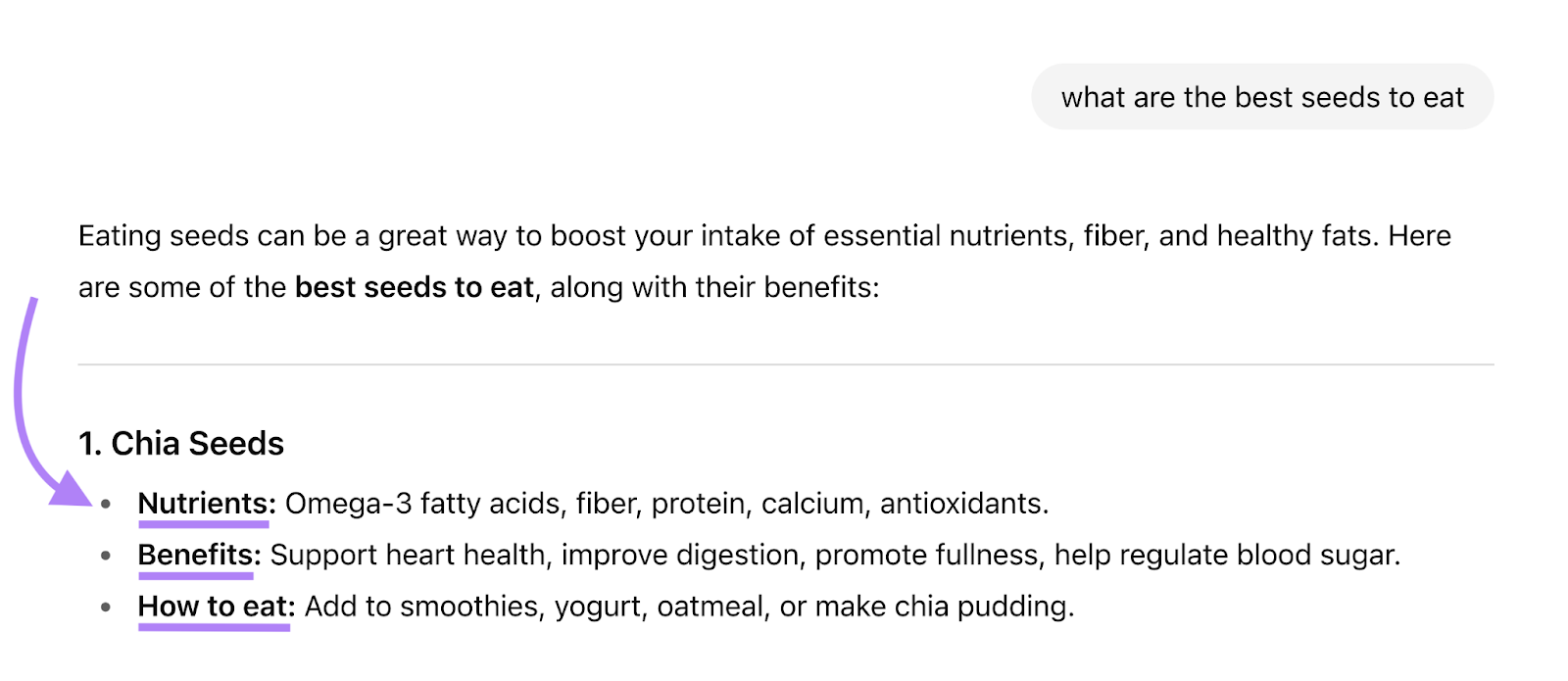
Query fan-out also enables AI systems to answer complex, layered queries that haven't been clearly answered online before. Because the system can combine multiple pieces of information to draw new conclusions.
Here’s a snippet of a ChatGPT response to a highly specific query:
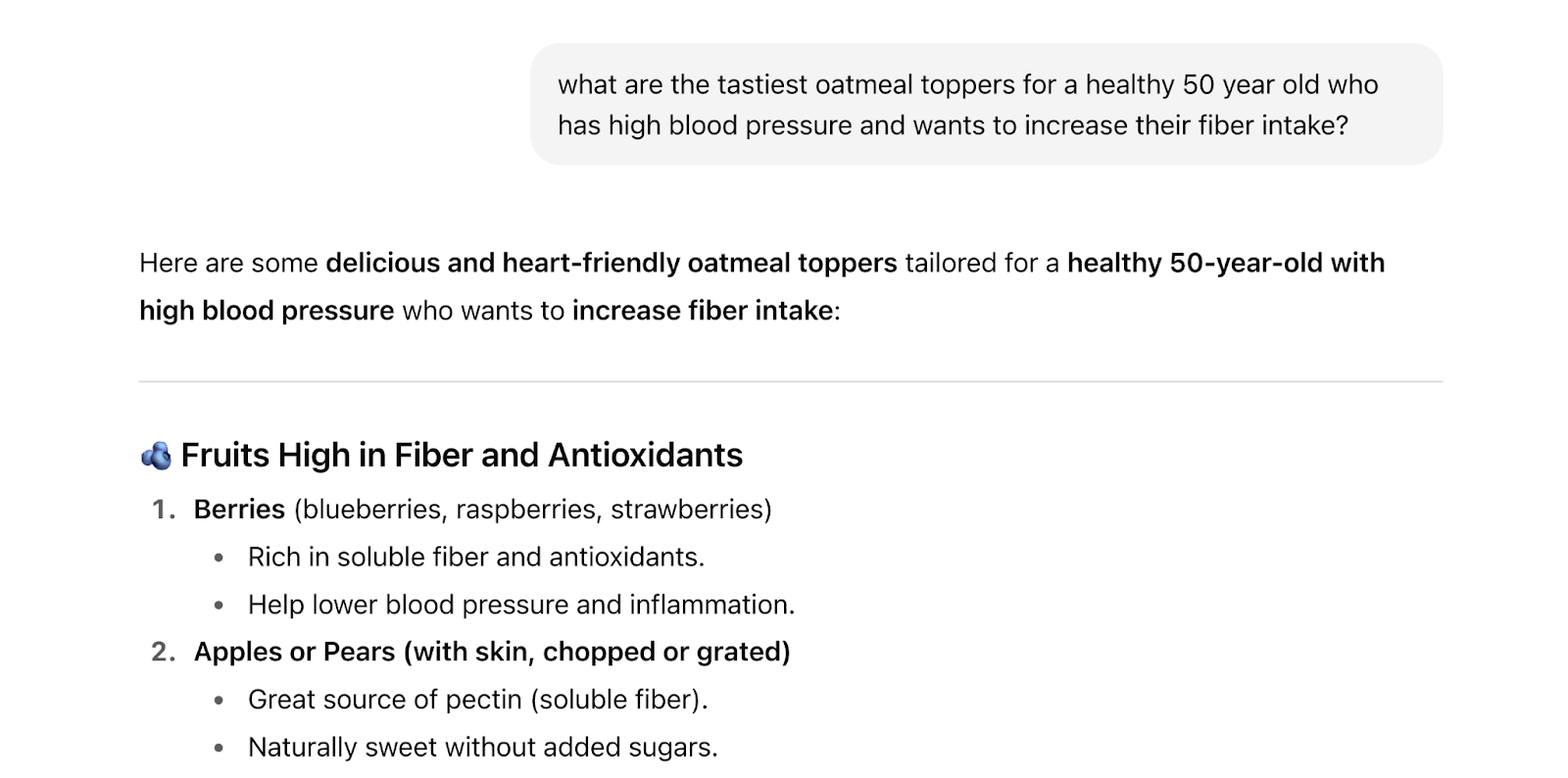
Why Does Query Fan-Out Matter in Marketing?
Query fan-out matters in marketing because it enables AI systems to generate highly specific responses, which may reduce users’ reliance on other information sources.
This means AI responses can have a huge influence on consumer decisions. And ensuring your brand is featured favorably in relevant conversations could be key to reaching and engaging your audience—especially as AI adoption increases.
If you optimize your content for query fan-out, you may be able to increase your AI visibility through:
- AI mentions: mentions of your business within AI responses
- AI citations: linked references to your content alongside AI responses
Here’s an example of an AI mention and an AI citation in ChatGPT:
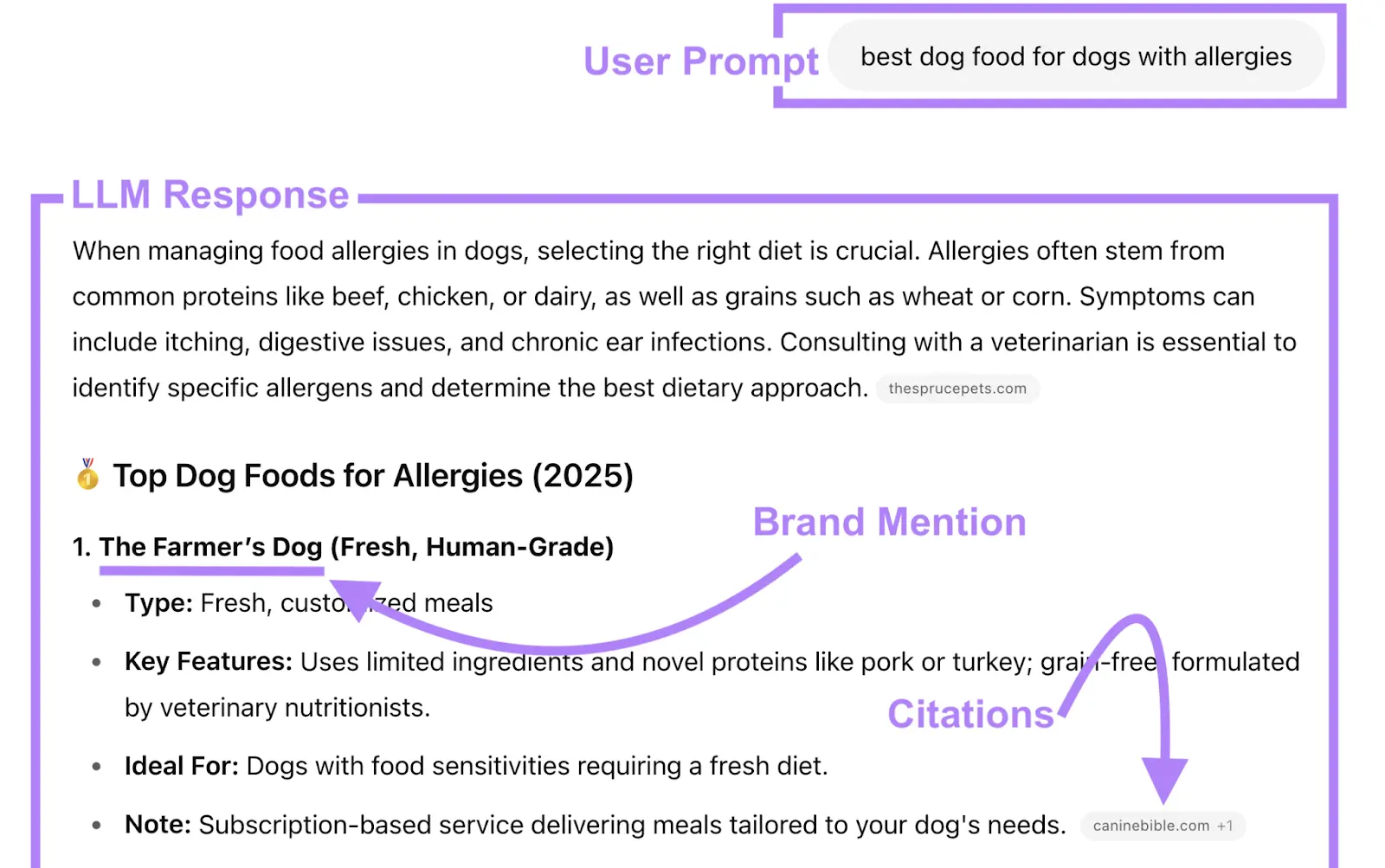
Query fan-out requires a specialist approach because it works differently than traditional search algorithms. That said, optimizing for query fan-out can boost your performance in traditional search, too.
How to Optimize for Query Fan-Out
To optimize for query fan-out, you should identify core topics, cover these topics comprehensively, write for natural language processing (NLP) algorithms, and use schema markup.
This is in addition to following other LLM optimization best practices.
1. Identify Core Topics
First, identify core topics to build your AI visibility around. This will help you to focus your optimization efforts more effectively.
I recommend that you start with topics directly related to your business and what you offer. This helps you:
- Control how your brand is portrayed in AI-generated responses
- Show up during key stages of the buyer’s journey, where visibility and influence matter most
- Leverage your authority, since these are areas where you're clearly the expert
You can identify the most important brand topics through Semrush’s AI Toolkit. For example, you might find that people are more interested in social responsibility than technology and innovation.

Once you’ve identified brand-related topics, expand into related areas aligned with your brand’s expertise. Making sure to prioritize based on your business goals and audience interests.
For example, at Semrush, we publish content about our digital marketing tools and broader digital marketing topics.
2. Plan Topic Clusters
Topic clusters are groups of interlinked webpages that work together to cover a core topic comprehensively. They’re made up of a central pillar page, which provides a broad overview of the core topic, and several cluster pages, which cover relevant subtopics.
Topic clustering helps you to address multiple queries that may be generated through relevant query fan-outs, meaning you may have a greater chance of featuring in AI responses.
It also helps you to build topical authority, which can encourage AI systems to prioritize your answers over others.
You can create mind maps to plan your topic clusters. Like this:
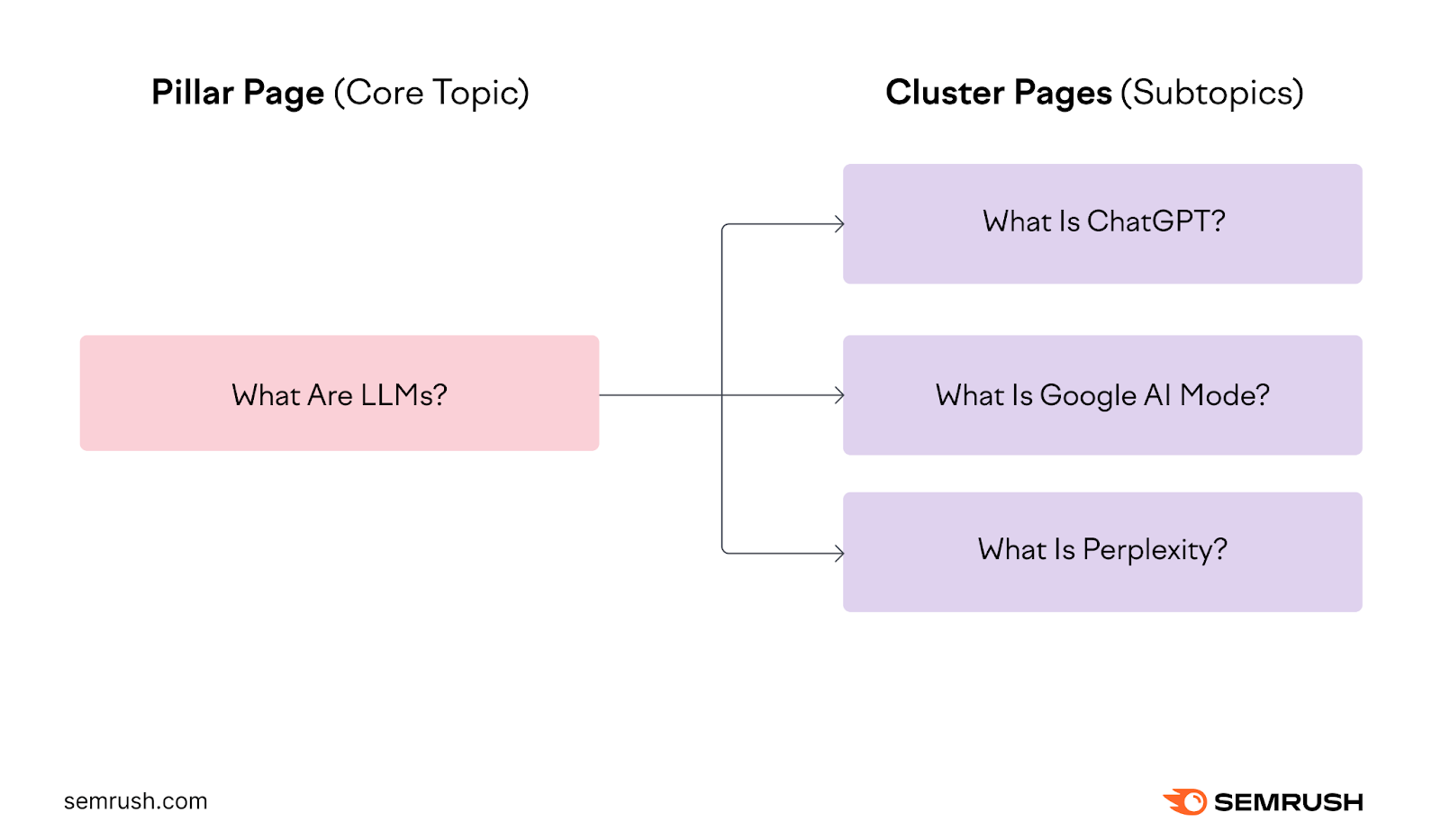
If you need help identifying subtopics, use Semrush’s Topic Research tool. All you need to do is enter your core topic along with your target country.
The tool will provide a list of subtopics with specific questions for each. These questions will help you to create comprehensive content, as described in the next step.
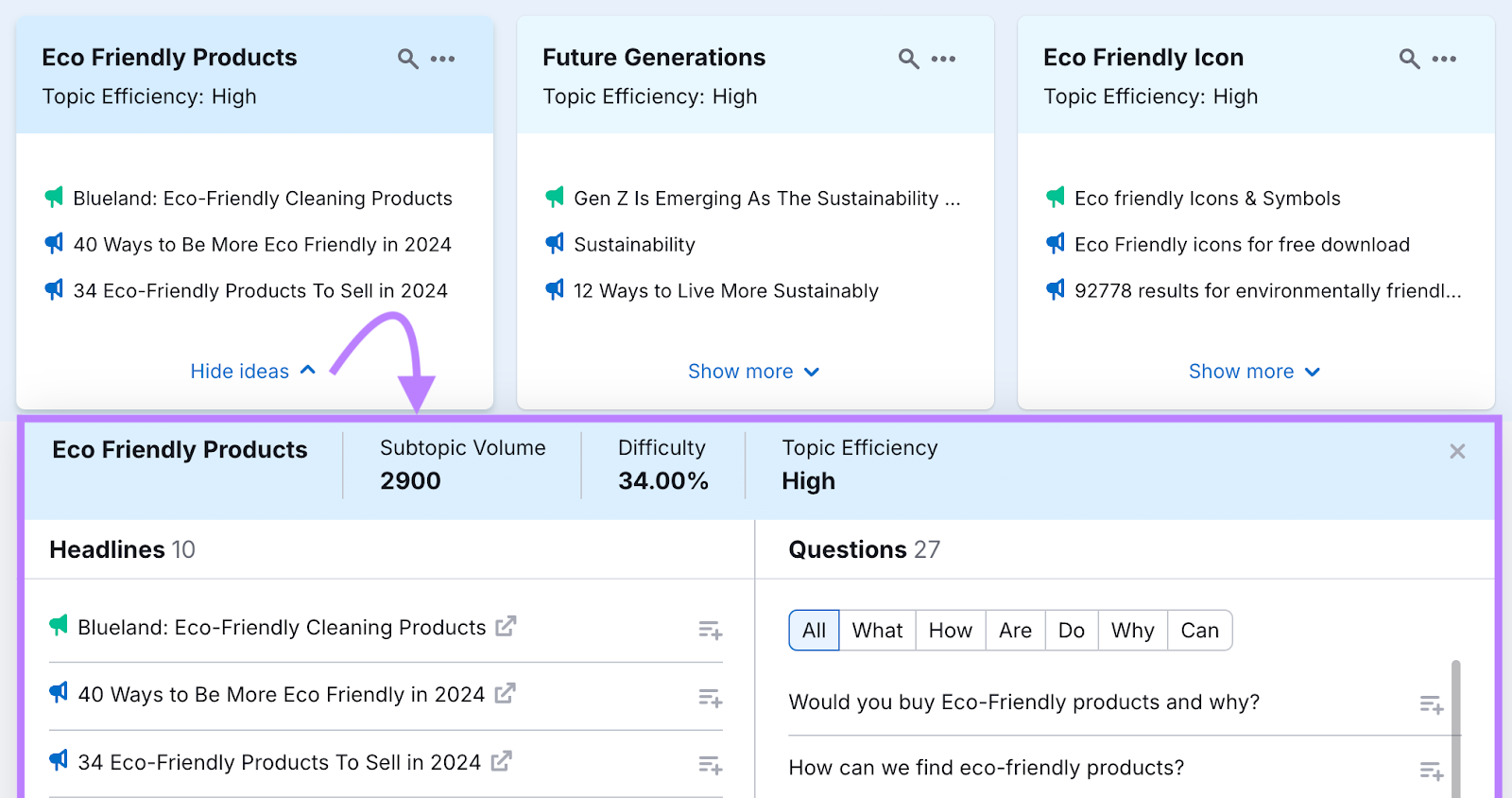
3. Create Helpful, Comprehensive Content
Creating helpful, comprehensive content is key to answering the diverse sub-queries that can result from query fan-out.
Break down each subtopic into even more specific questions. Then address these intents through subsections of your page.
Here’s an illustrative example of a core topic splitting into subtopics and those subtopics splitting into specific queries:
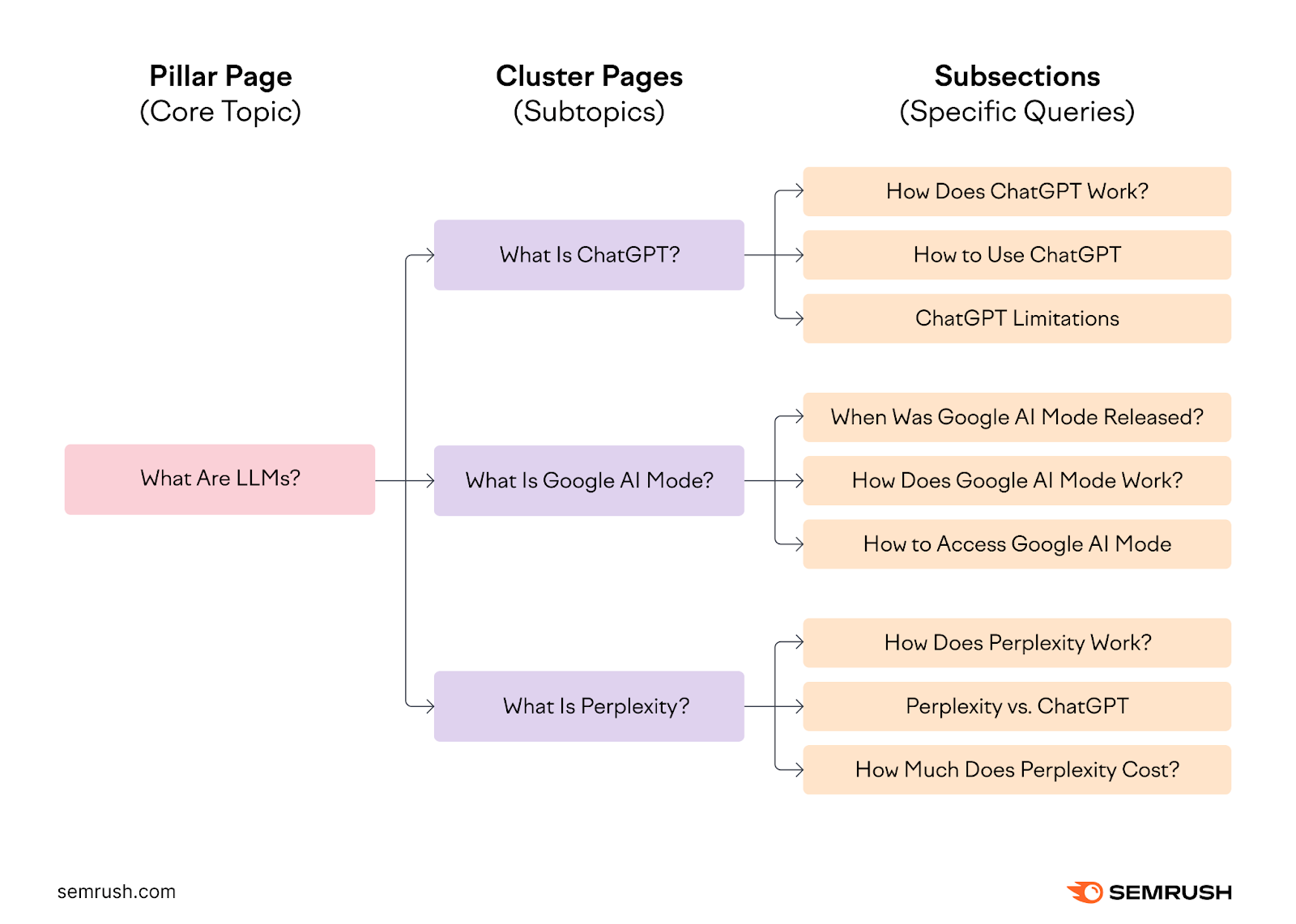
You can identify specific intents to cover by:
- Performing keyword research—e.g., using a tool to see what queries people type into Google
- Looking at competitors’ content—e.g., seeing what rivals cover in their FAQs
- Exploring relevant online communities—e.g., seeing what questions users ask in relevant forums
- Consulting your team—e.g., asking your customer service team what questions come up most
If you use Semrush’s AI Toolkit, you can discover specific brand-related questions that people ask in LLMs. Addressing these queries in your content may help you influence customers at key stages of the buying journey.
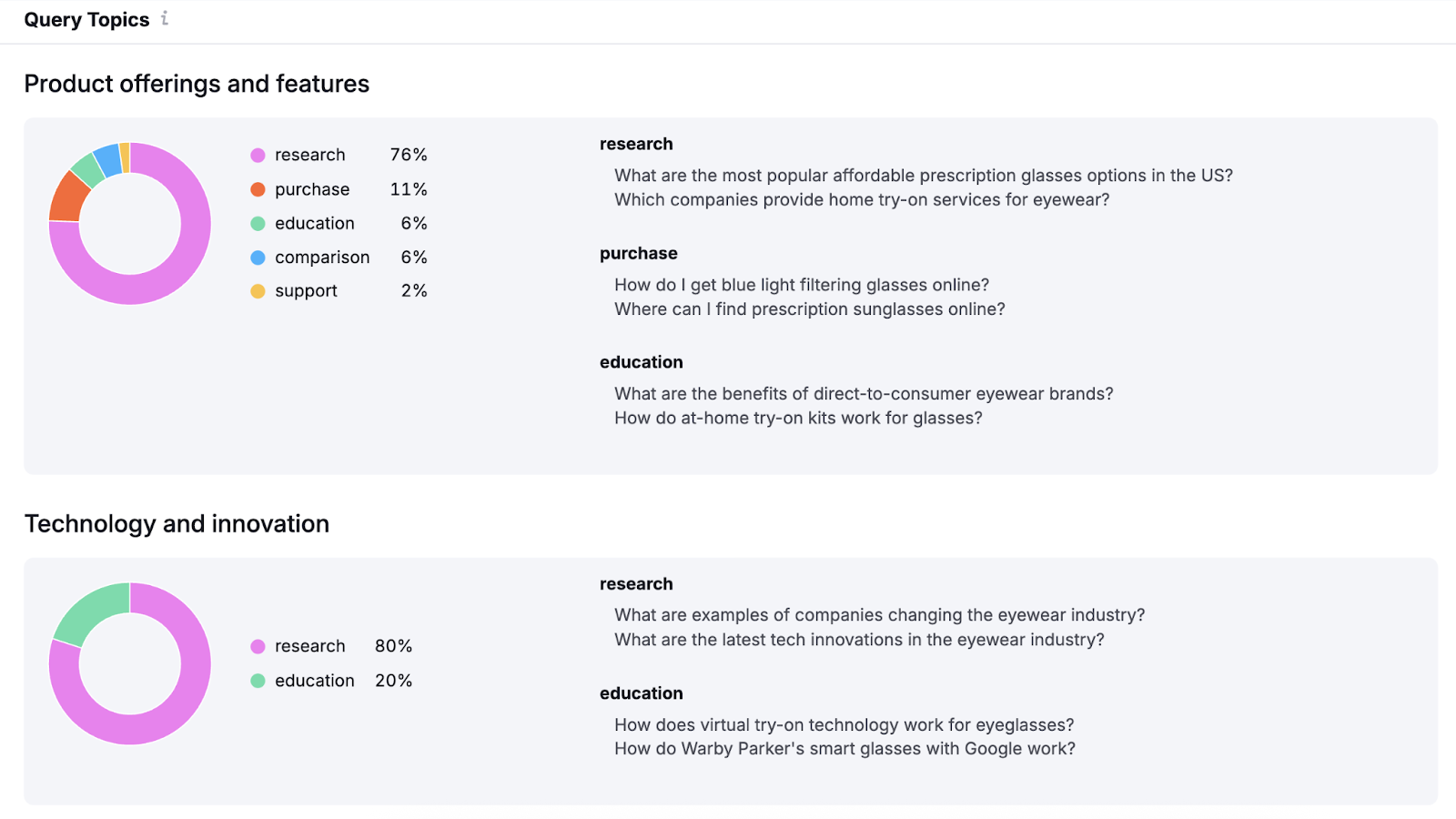
4. Write for NLP
AI systems use natural language processing (NLP) to understand written content, so writing for NLP can help you appear in AI responses.
Here are some tips on writing for NLP:
- Write in chunks. Chunks are self-contained, meaningful sections of content that can stand on their own and be easily processed, retrieved, and summarized by an AI system. Write in full sentences and restate context where helpful.
- Provide definitions. When you introduce a new concept, provide a clear and direct definition. This will help AI systems understand what you’re talking about, and they may seek out definitions as part of the query fan-out process.
- Structure content effectively. Add descriptive subheadings to break your content into sections and use heading tags to show their hierarchy. This will help AI systems identify content related to highly specific queries. You can also use tables and lists to create easily parsable information.
- Use clear language. Use clear, conversational language. Avoid jargon, overly complex sentence structures, and unnecessary fluff. This will make it easier for AI systems to understand your content and extract valuable information.
5. Use Schema Markup
Schema markup allows you to add machine-readable labels to different types of data on a page, and these labels could help AI systems interpret your content more accurately.
For example, you can use Product schema to label a product’s name and image. And use Offer schema to label the product’s price and availability.
Like this:
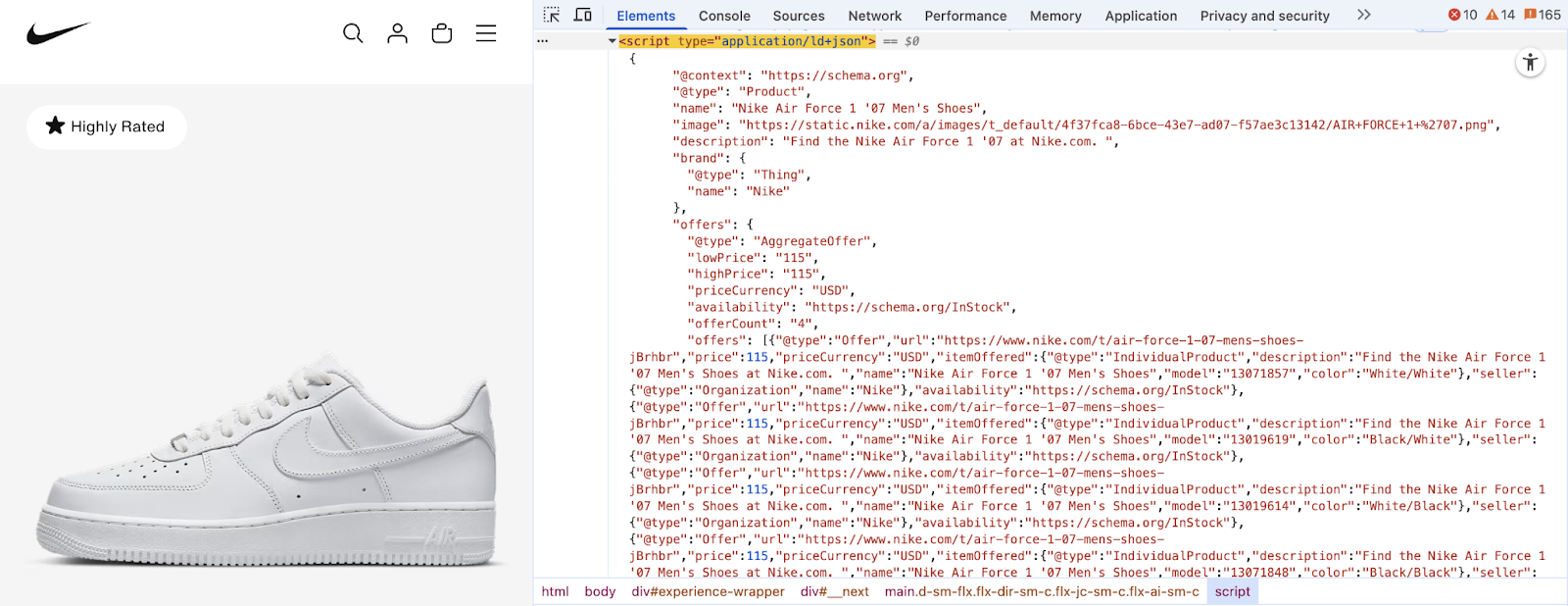
This schema may make it easier for AI systems to extract relevant information it uses for answering product-related queries. Like so:
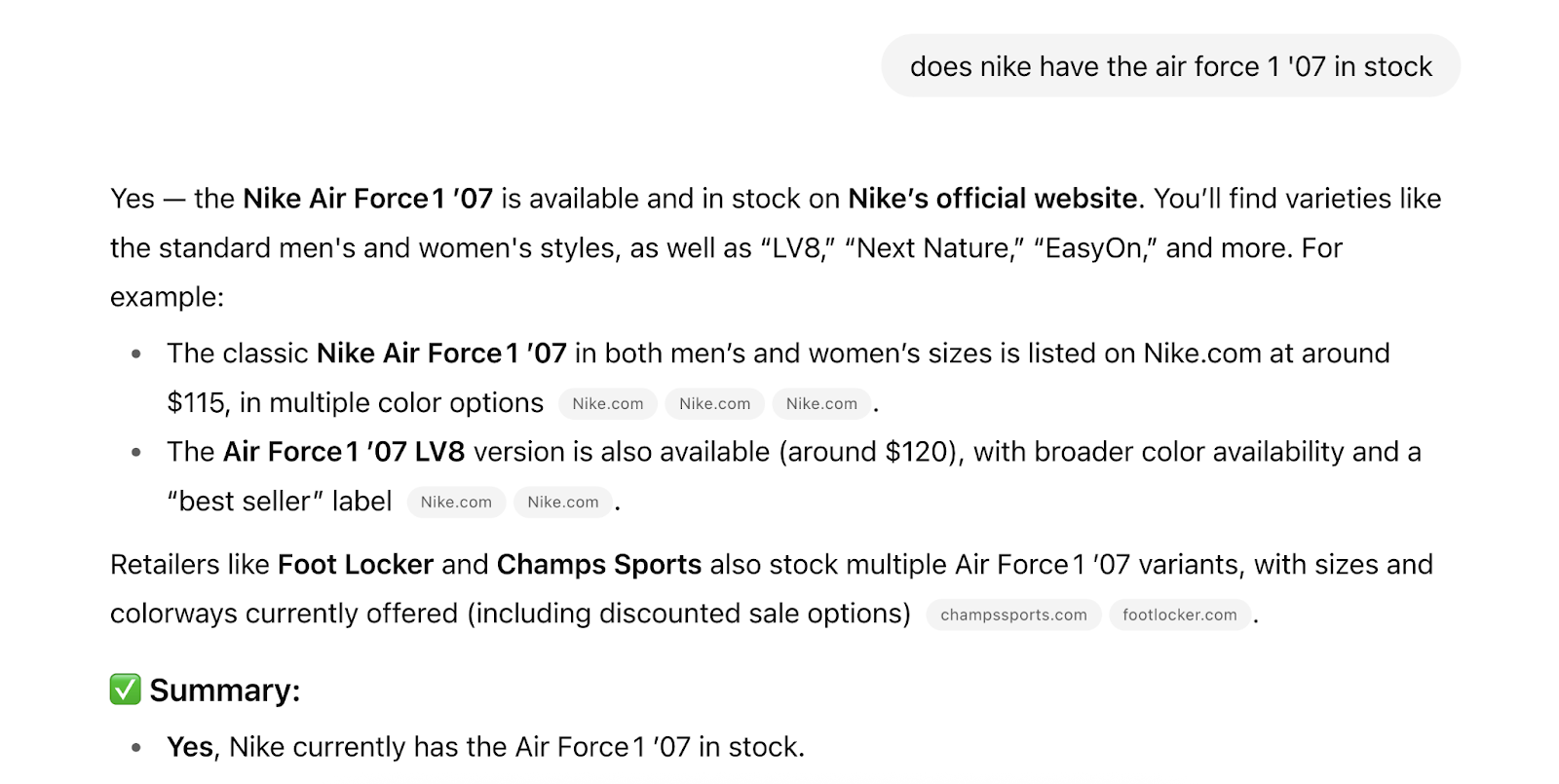
Head to Schema.org to identify schema types that might be relevant to your website. You can also find advice on how to implement structured data.
Bonus: Mini Case Study
The Stripe website demonstrates many principles of query fan-out optimization.
For example, the website has solutions pages tailored to different business stages, business models, and use cases. These pages have subsections that provide direct, detailed information on relevant subtopics.
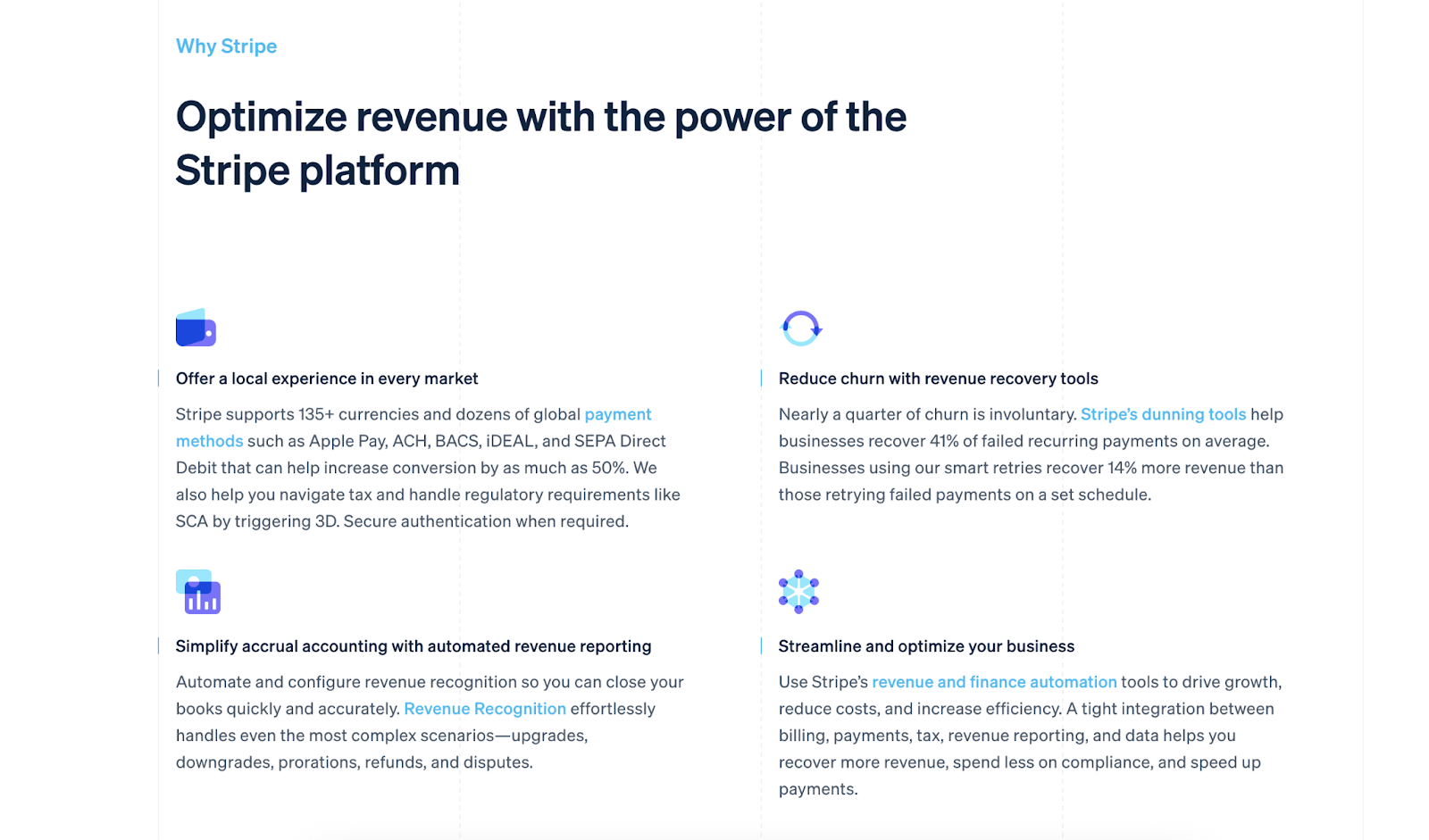
This detailed and varied information likely helps AI systems recognize Stripe’s relevance to various intents and extract useful information for fanned-out queries.
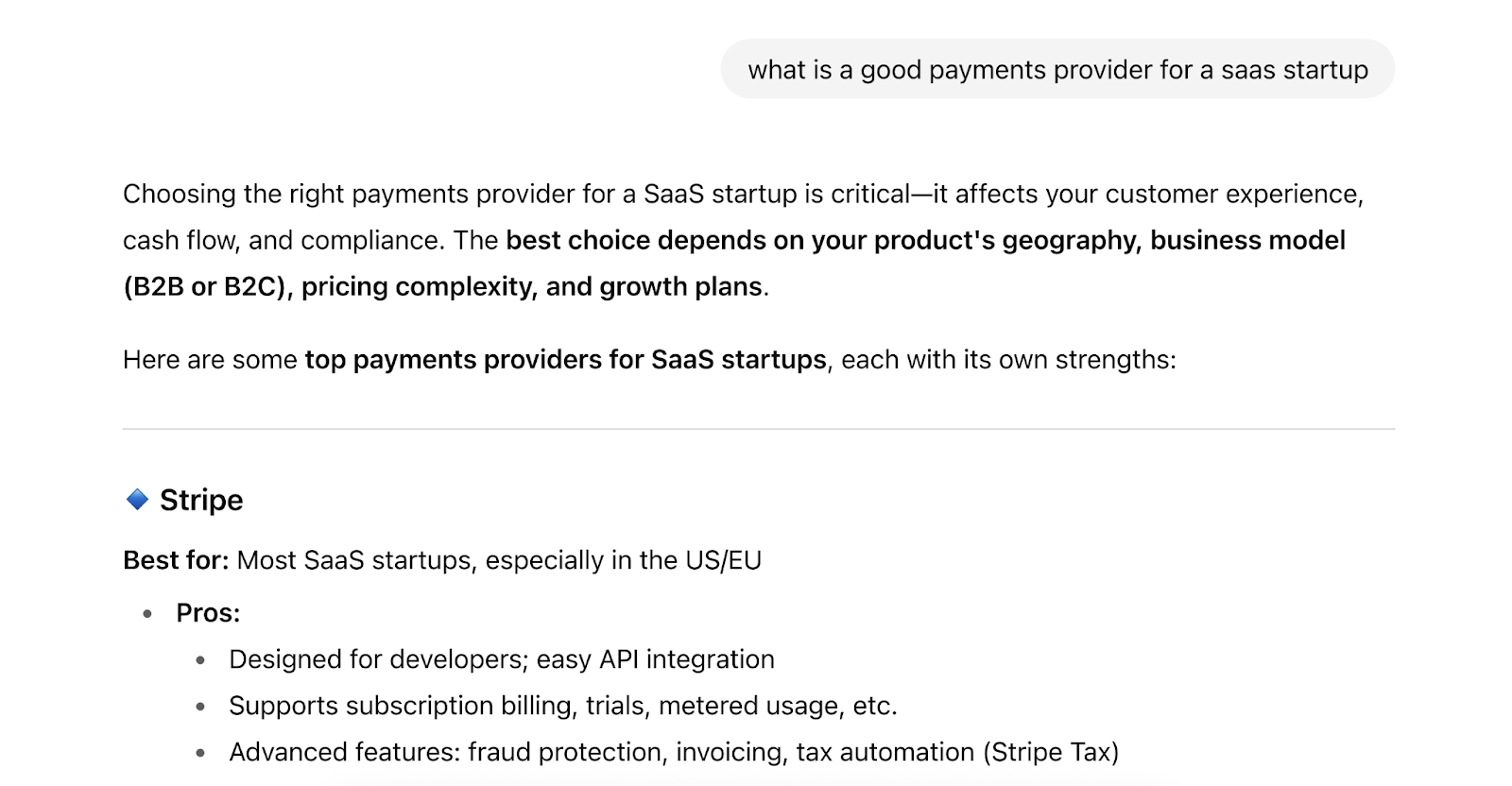
The Stripe website also covers relevant topics through its blog, customer stories, support center, newsroom, and other resources.
In the guide below, Stripe uses clear structuring to break down a complex topic. And provides clear, direct explanations throughout.
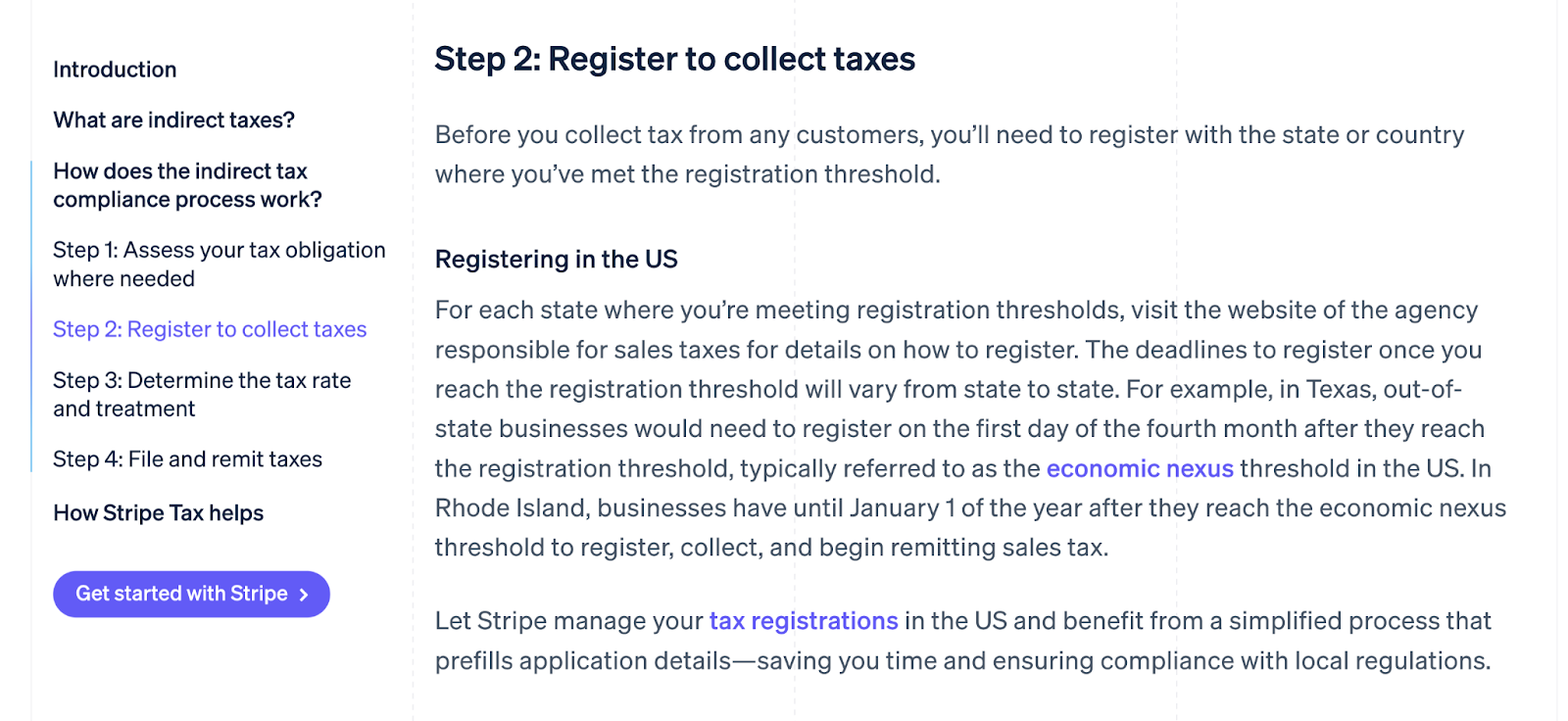
Stripe significantly outperforms its competitors in terms of AI search visibility, according to data from Semrush’s AI Toolkit. This is due to a variety of factors, but the breadth and depth of quality on-site content could play an important role.
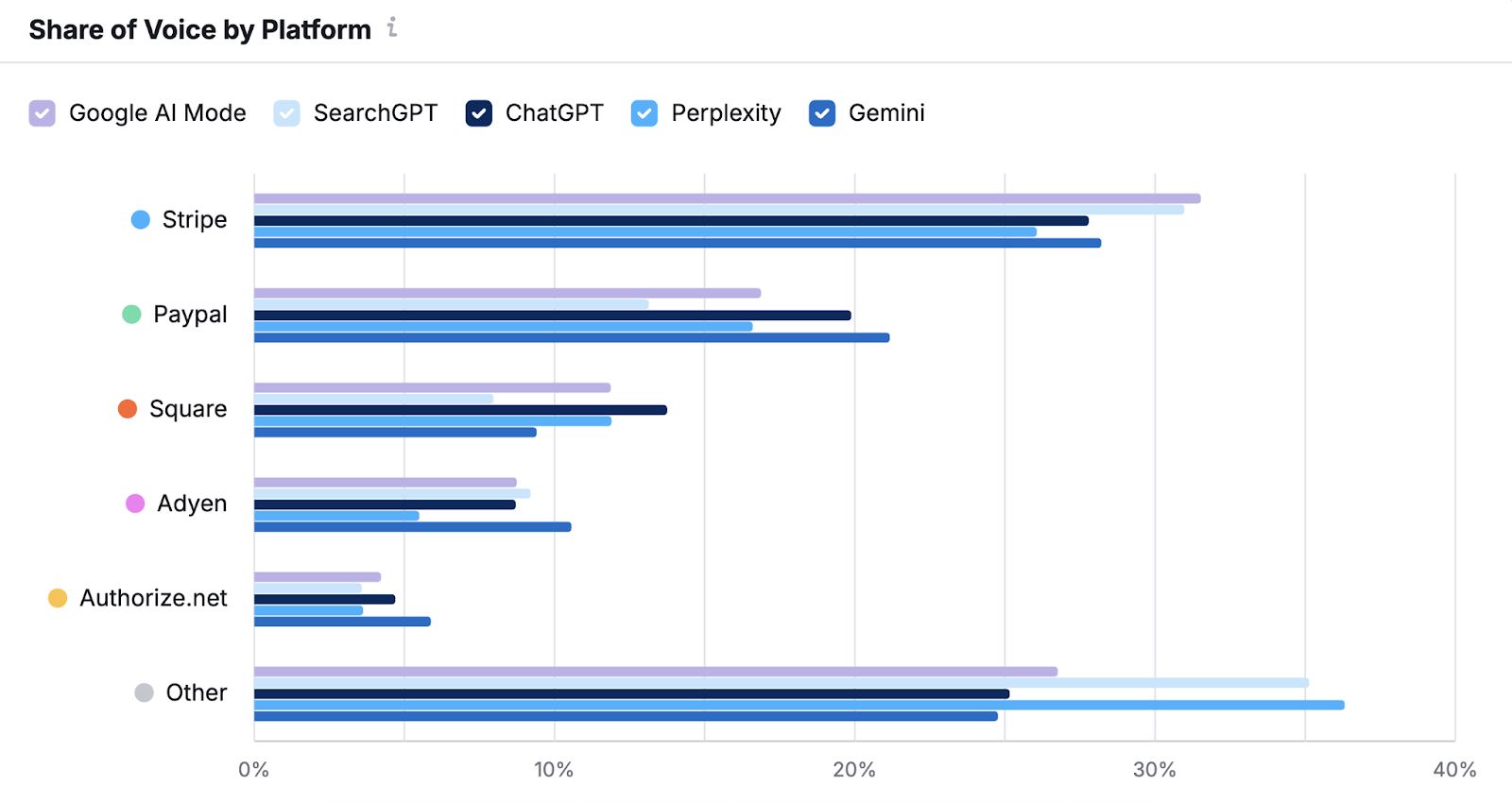
Start Measuring Your Performance in AI Search
Measure the success of your query fan-out optimization strategy with Semrush’s AI Toolkit.
The toolkit shows your share of voice for a selection of non-branded queries across multiple AI platforms. This shows how often LLMs mention you as opposed to (or alongside) your competitors.
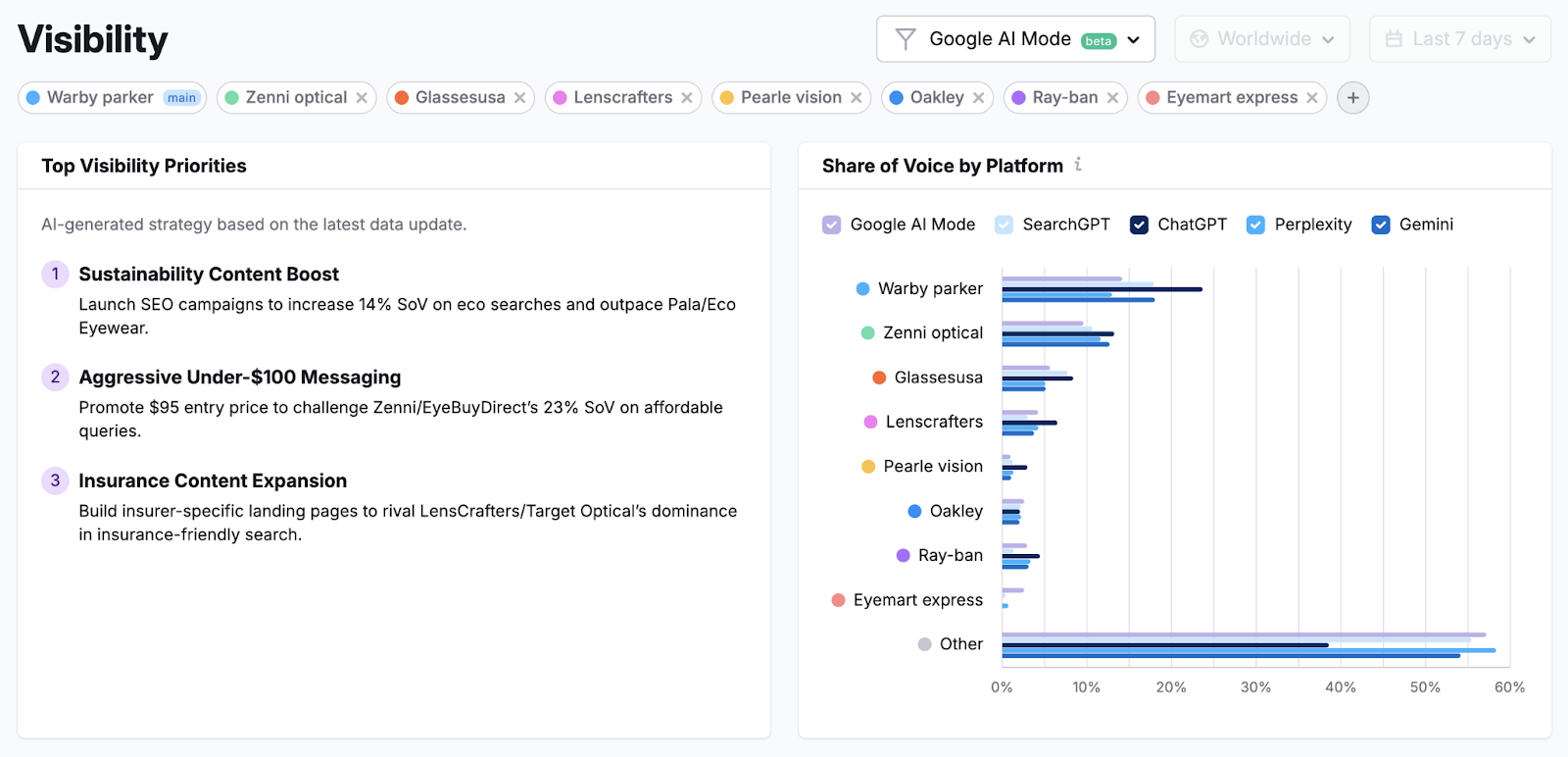
You can even see if your brand is mentioned first, second, or further down in response to specific prompts.
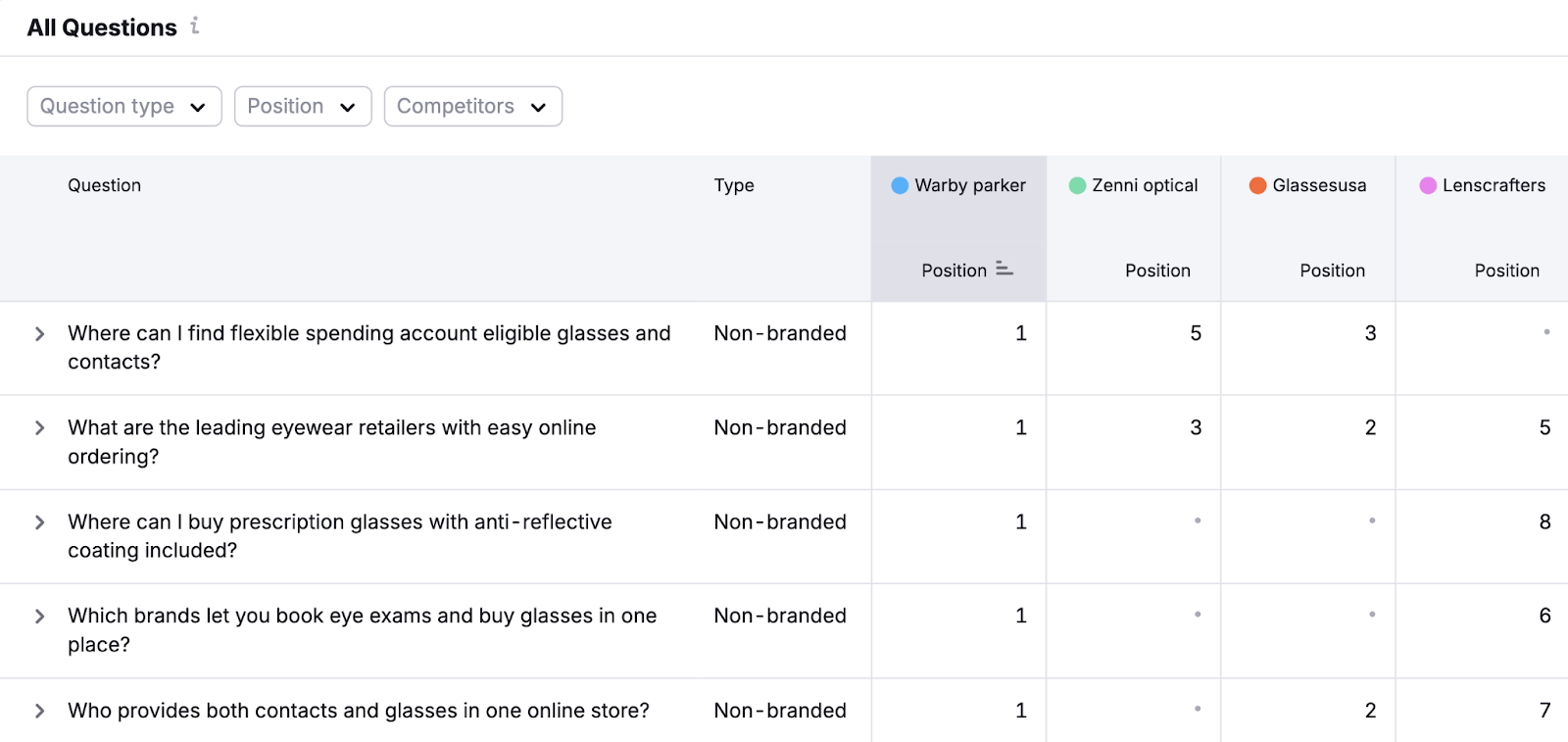
The tool provides insight into your brand’s portrayal in AI responses, too.
Working to emphasize your business’s strengths and mitigate its weaknesses allows you to generate more positive coverage in AI responses. And ultimately attract more customers.
